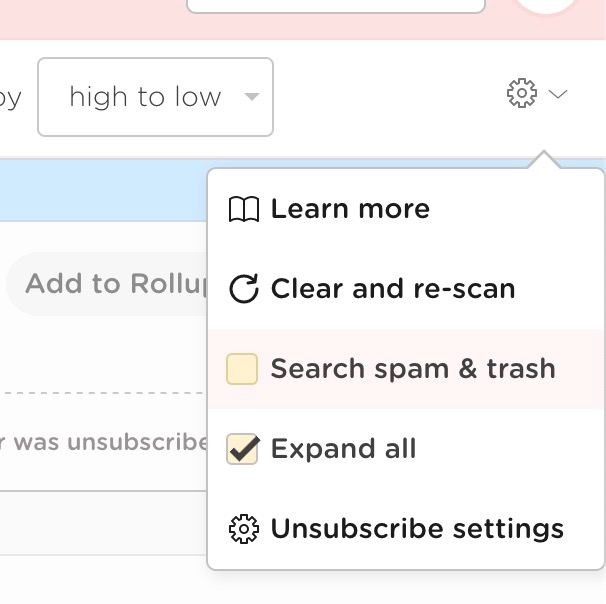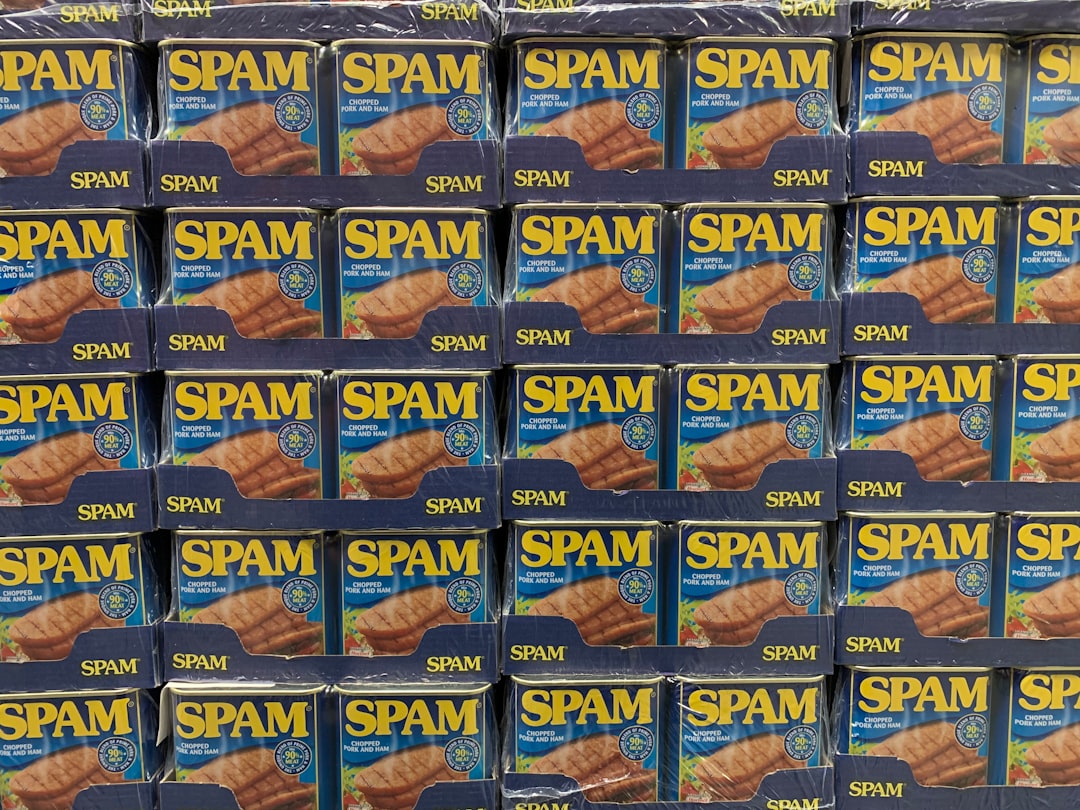If you receive a lot of emails in your inbox every day, unfortunately, many of them could be spam emails. These emails are usually unsolicited and sent in bulk to a large number of recipients, often with the intention of scamming or phishing.
According to Statista, in 2022, nearly 49 percent of all e-mails worldwide were identified as spam.
Not only are they irritating; junk emails can also be used to push scams and even deliver malware. Just opening a spam email can result in getting even more spam, and clicking a malicious link or attachment can expose you to ransomware or other types of malware.
So, what should you do with these emails in your spam folder? Should you unsubscribe from them? Let's explore this question in more detail.
What is a spam email?
First, it's important to understand what spam emails are and how they work. Spam emails are typically sent by people or organizations that are trying to get something from you, such as your personal information, money, or a specific action such as clicking on a link, opening an attachment, or providing personal information. They can come in many forms, including phishing scams, fake ads, and malicious links.
What’s the best way to deal with spam emails?
If an email ends up in your spam folder (unless you put it there yourself), there's a good chance that is has been flagged by your email provider as malicious. This means that the email sender is probably not going to give you a way to unsubscribe from their email.

Now, when it comes to the question of whether or not to unsubscribe from these emails, the answer is not always straightforward. While it may seem like a good idea to unsubscribe from these emails to stop them from cluttering your inbox, it's important to consider the potential risks of doing so.
- Never click on any links or download any attachments from a spam email. Doing so could lead to malware or viruses being installed on your computer or device. Additionally, by clicking on a link or downloading an attachment, you are also confirming to the sender that your email address is active and in use, which could result in more spam emails being sent to you.
- Don’t click unsubscribe links in a spam email. Some spam emails may be disguised as legitimate emails from reputable companies or organizations. These emails may contain links to unsubscribe or opt-out of future emails, but clicking on these links could lead to your personal information being compromised. This is because some spammers use these unsubscribe links to confirm that your email address is active and in use, and then sell your email address to other spammers.
Clicking the unsubscribe link will only trick you into telling them that someone is receiving their emails, leading them to emailing you more.
So, what should you do instead? The best course of action is to simply delete spam emails without opening them or clicking on any links. This will prevent any potential harm to your computer or device and will also prevent the sender from confirming that your email address is active and in use.
Getting rid of spam with Leave Me Alone
Although all the above steps should work, they've manual and can be time-consuming. And although they help you control it, they don't always stop the spam from coming!
This is why we created Leave Me Alone to help you block spam, cold-emails and anything else you don't want to get in your inbox.
It's super easy to get started:
- Sign up and connect your email accounts.

2. See all of your subscription emails.
3. In the right upper corner, click on settings and choose 'Search spam and trash'.

4. Safely unsubscribe from all the spam and junk emails!
Can I trust Leave Me Alone?
Leave Me Alone is secure and respects your privacy, so you don't have to worry about your data being shared with third parties.
Leave Me Alone does not store or share your personal information and operates entirely within your web browser. As a result, it complies with the General Data Protection Regulation (GDPR) data protection law that sets out guidelines for how companies must handle personal data.
Keep your inbox clutter-free and save time by unsubscribing from unwanted emails in just a few clicks. Try Leave Me Alone.
